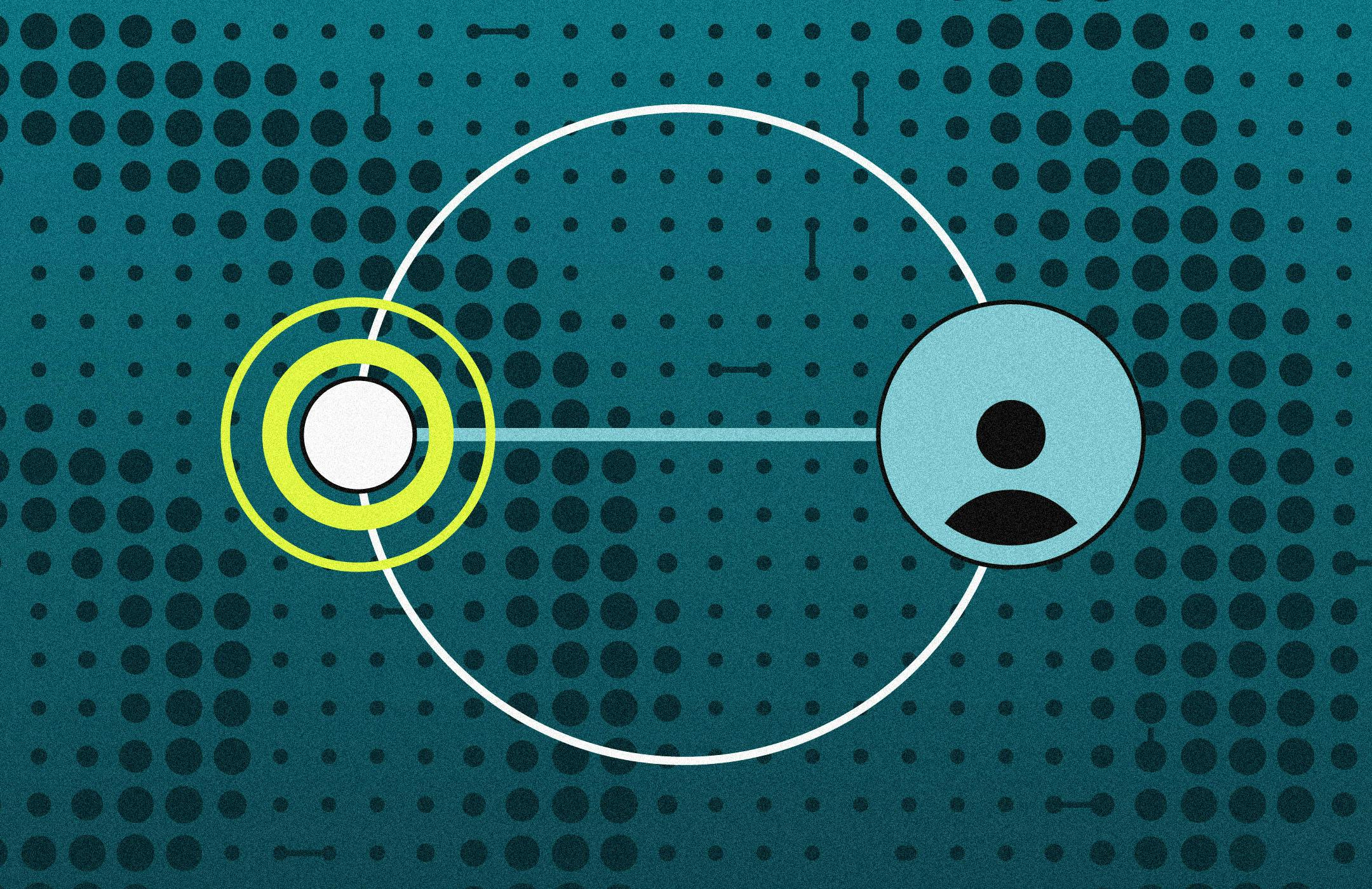The case for personalization
The restaurant industry is booming. In 2016 (for the first time in history) Americans spent more money on bars and restaurants ($55B) than they did on groceries ($52B).
This opportunity has restaurateurs working hard to earn their share of an expanding market. The winning strategy? According to a recent study by the Boston Consulting Group (BCG), “best-in-class restaurant brands are spending 30%, 50%, and even as much as 90% of their marketing budgets on digital.”
Why digital? Because becoming a digital powerhouse is the key to personalized experiences at scale – and consumers want personalized experiences.
The same consumers that enjoy Netflix, Uber, and Amazon also eat out at restaurants. These internet-first brands provide intuitive, personalized experiences that consumers adore. The playbook is fairly simple: personalize experiences in-app, in-person, and online; send targeted communications; make recommendations based on past purchases; provide simple, useful, relevant marketing. The results are staggering:
10-30% revenue growth resulting from targeted communications that are relevant and useful - McKinsey
$800 billion revenue shift over the next five years for the 15% of companies that get personalization right - Boston Consulting Group
25-95% increase in profits for increasing customer retention rates (with more restaurant personalization experiences) - Harvard Business Review
Furthermore, because consumers don’t differentiate between one type of business and another, they are moving beyond a mere preference for personalization. A new Accenture study found that 41% of consumers switched brands this year due to poor personalization and a lack of trust, resulting in a $756 billion dollar loss in the US alone. Consumers are increasingly demanding the same fantastic, personalized experiences in all they receive from one brand or sector, from all the rest.
Best-in-class restaurant brands are expanding their digital investments
A few years ago no one was predicting that restaurants would need to go digital or suffer the fate of retailers (21 retail brands died in 2017 alone, prompting the nickname Retail Apocalypse). But now there’s some pretty bold writing on the wall for restaurants, with early adopters pushing forth on digital mega-strategies. In a recent BCG article, the consulting firm profiled the brands and their impressive early results.
One such brand has been on an 8 year digital quest, with investments in mobile ordering and payment, a fully personalized experience for loyalty members across their entire brand journey, and individualized browsing experiences on app and site with personalized product recommendations, deals, and offers. The benefits? The brand’s shares skyrocketed 20% in the last 5 years.
Another brand made headlines this month in the Wall Street Journal’s CIO Journal for plans to bring digital innovation directly to the table. The brand is crafting an AI-powered bartender that will offer guests personalized drink recommendations from within the mobile app.
Why are some brands plowing forth with personalization best practices, while others are staying the non-digital course? The answer may surprise you.
What holds some restaurants back
The first brand mentioned above drove this change and growth over the course of 8 years. Time to value was so long because digital transformation requires serious investments: from the infrastructure necessary for real-time data capture, unification, and usability, to the development and implementation of data-driven operations, marketing, and experiences.
A solid customer data foundation is the first piece to tackle.
To give customers fantastic personalized experiences, brands need to know them and be able to use data to create relevant communications at scale. After that, an iterative approach can be used to slowly infuse greater amounts of personalization into all customer touchpoints and experiences.
Unfortunately, building a solid customer data foundation is really hard. There has been an explosion of channels and technologies that capture and use customer data, none of which integrates easily with any of the others. This means brands spend months to years trying to build data pipes from many disconnected sources – online and in-restaurant orders, clickstream, visit logs, app usage, loyalty program participation, guest Wi-fi, and more – into a centralized, accessible system.
From there, customer identities must be resolved, and profiles must be formed. Then all the systems that brands use to reach their customers must be connected so they can receive customer information quickly and seamlessly.
All but a handful of the world’s top restaurant brands can afford to do all of this in-house. It requires huge upfront investments, hard-to-recruit expertise, and a lot of patience and trust.
The accelerated approach
Now there’s a better way. According to Forbes, it’s marketing’s new secret weapon: the Customer Data Platform. CDPs are the customer data foundation that early digital movers have been spending years trying (and often failing) to build.
CDPs connect disparate customer data sources and resolve customer identities to form complete customer profiles. CDPs are accessible by marketers, who own and manage the entire platform, enabling them to explore and send unified customer data to external systems, driving seamless personalization across channels.
Restaurant brands that invest now still have time to establish a generous lead over their competition. But they can’t afford to start from the ground up. To learn more about CDPs and how they can help accelerate your restaurant’s data-driven personalization strategies, visit our platform page.
